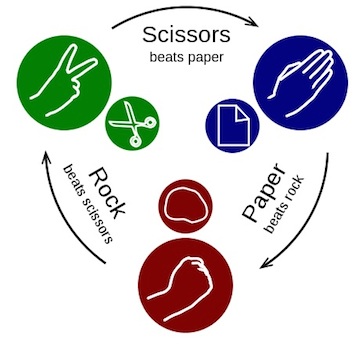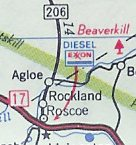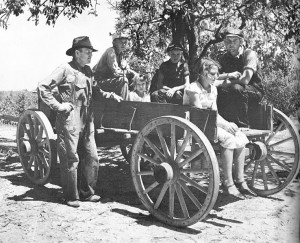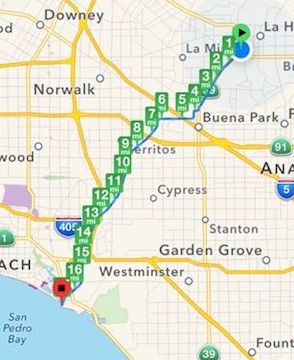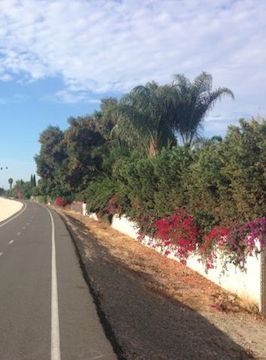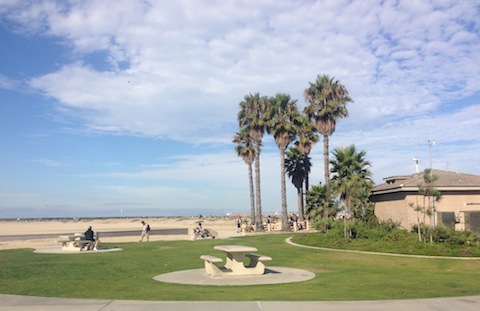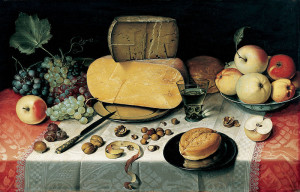Is your limited English standing in your way? Do you want to improve your English now?
Learn English even faster with the help of the Learning Guide. In it, you’ll get more vocabulary, language explanations, sample sentences, comprehension questions, cultural notes, and more.
Get the Learning Guide and support ESL Podcast today by becoming a Basic or Premium Member!
………
ON MONDAY
ESL Podcast 1002 – An Unwelcomed Business in the Neighborhood
In the Learning Guide: Get a full transcript (written version of every word you hear), vocabulary list and sample sentences, and comprehension questions.
In “What Else Does it Mean,” learn the other meanings of “to shut down” and “to make a stink.”
In the “Culture Note,” learn about “Minsky’s Burlesque.”
“American “burlesque” is a kind of ‘variety show’…” – READ MORE in the Learning Guide
…
ON WEDNESDAY
English Cafe 452
Topics: Lau v. Nichols; vaudeville; finally versus ultimately; trickle versus drizzle; coincidence
In the Learning Guide: Get a full transcript (written version of every word you hear).
In “What Insiders Know,” you will read about “American Cabaret.”
“‘Cabaret’ was a form of entertainment very popular in the early 1900s…” – READ MORE in the Learning Guide
…
ON FRIDAY
ESL Podcast 1003 – Describing Duration
In the Learning Guide: Get a full transcript (written version of every word you hear), vocabulary list and sample sentences, and comprehension questions.
In “What Else Does it Mean,” learn the other meanings of “to drag” and “to zip by.”
In the “Culture Note,” learn about “Intermission.”
“‘Intermission’ is a short ‘break’ or ‘recess’ during a long play, opera, or concert…” – READ MORE in the Learning Guide
